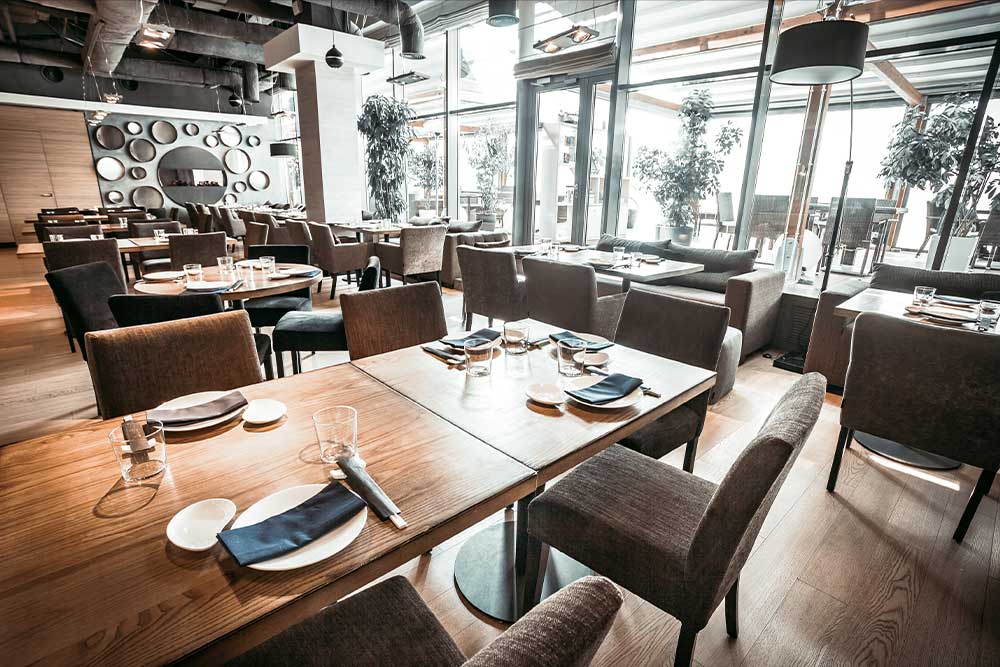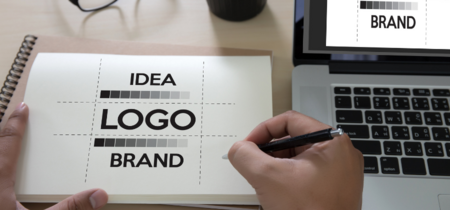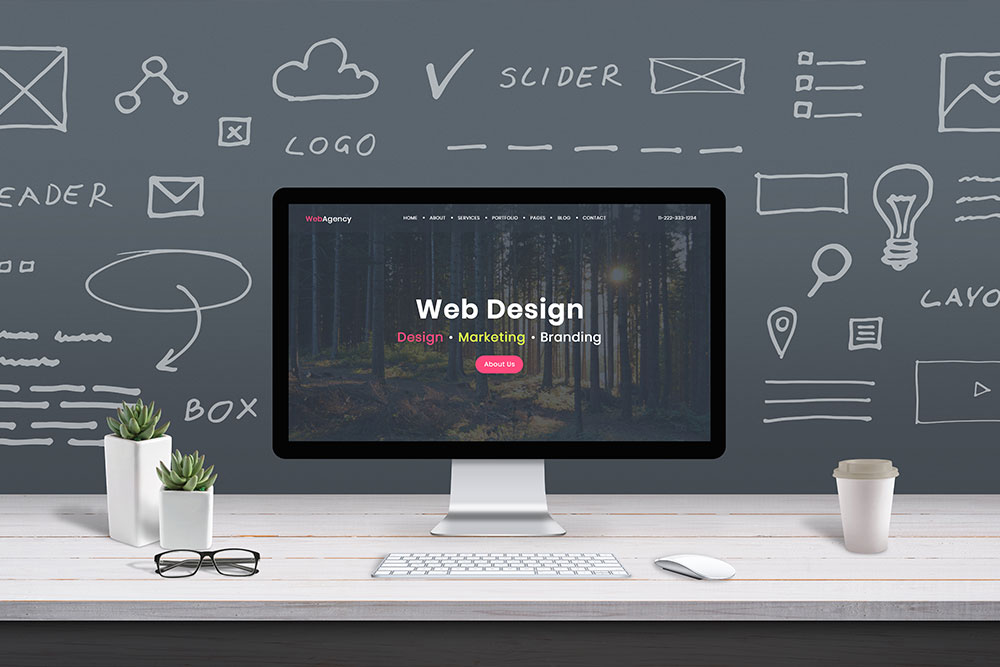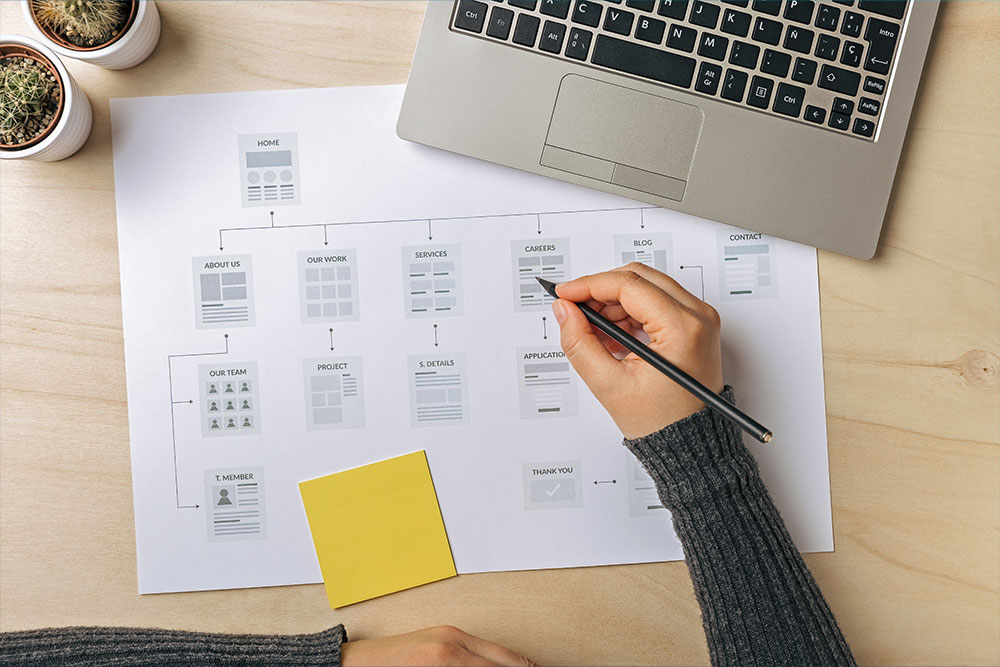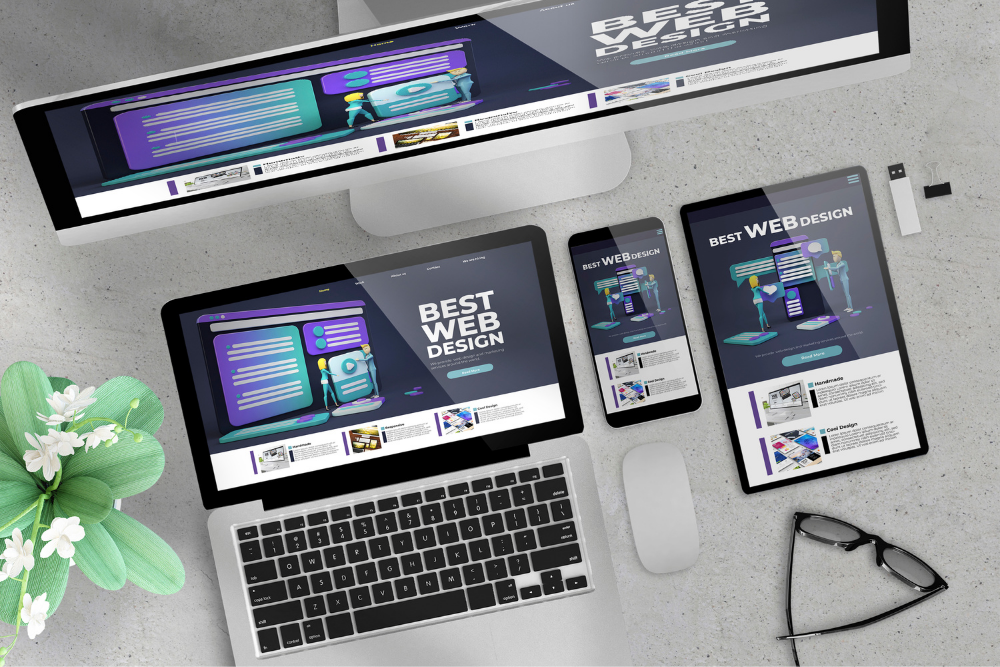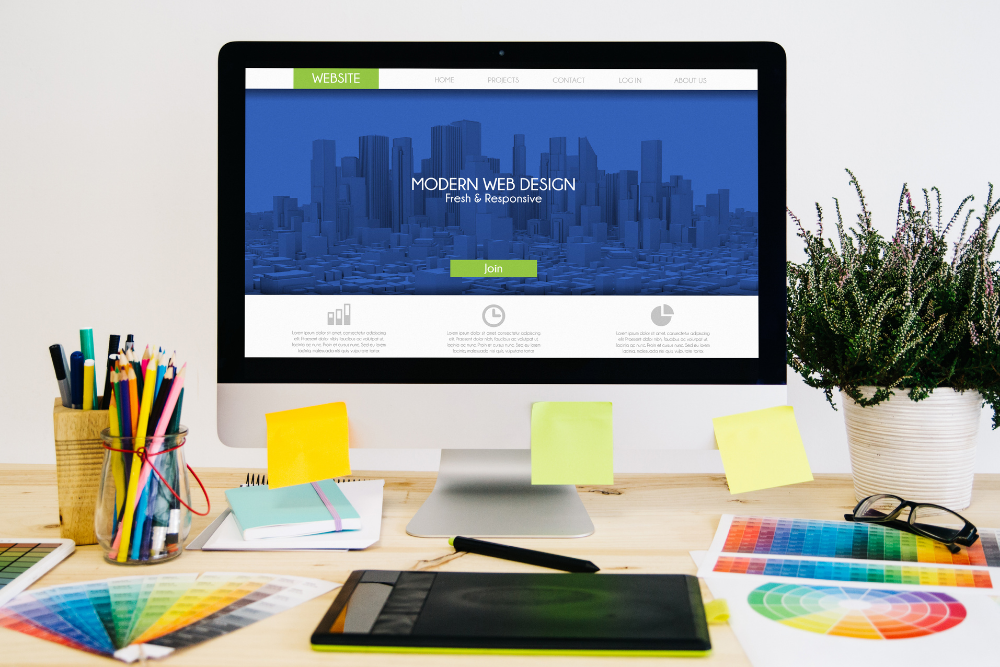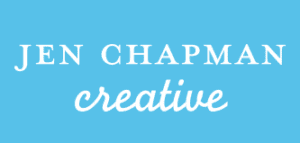[lwptoc borderColor=”#57c0e8″]
Page size
This may seem like a very basic question to answer however it is an important one because the size of your menu can greatly impact the style of your design. If you have a smaller, more simple menu, you may be able to do a simple 8.5×11 double-sided menu design. Choosing a standard page size can save you on printing costs rather than going with a custom size that requires trimming. This solution works well for restaurants that frequently change their selection of menu items. It also allows restaurants to print menus in-house which can save on cost. However, if you have a larger menu with multiple categories, and a wide variety of food selections, you may consider a booklet format. This can allow you to add more design elements to your menus such as photography or graphic elements now that you have the extra space. When you were designing a booklet it is important to remember that the page count must be divisible by 4 so that it can be bound evenly. So, for example, you will want to have 4, 8, or 12 pages, respectively. Creating a menu that is in a booklet format will be more expensive from a printing perspective and not as easily changed.
Design style
The design style of your menu design should reflect your brand. It is very trendy to have a simple menu with a white background and black font that simply and cleanly lists your menu items. This type of design style is commonly found in a high-end, white-tablecloth restaurant.
Your low to mid-priced restaurants have a bit more leeway when it comes to design flare. If you have an organic, western, or rustic type restaurant your menu design should reflect that through the design elements, backgrounds, or typography. An organic restaurant, for example, may have a parchment paper background, ripped edges, handwritten font, or decorative leaf elements to help support that organic theme. To contrast to this, a western menu design may have elements such as western fonts, leather embellishment accents, or a rustic wood background.
Menu design organization
The way that you present your menu items is also a consideration when designing your menu. A high-end, white-tablecloth restaurant may present their menu with no prices, minimal descriptions, and also list their menu items a-la-carte. To contrast, you can also design your menus with detailed descriptions and icons to indicate if that menu item is vegan, gluten-free, low carb, or organic. Some of these extra indicators make it easier for restaurant patrons to make decisions about what to order without having to bog down their server with questions that can be answered with a menu.
Select your menu designer
Looking for somebody to design your menu in? Check out my menu design portfolio here or http://calendly.com/jenrchapman. You can also reach me at 623-476–7394.

